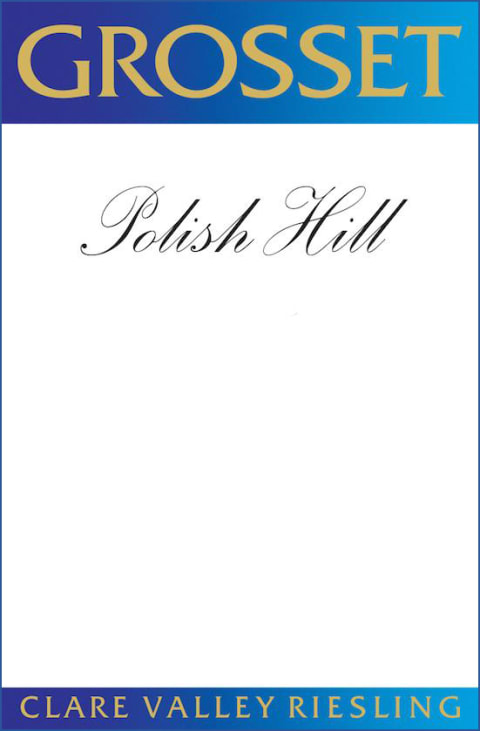When I first visited Clare Valley in South Australia nearly 20 years ago, the area was in the throes of a February heat wave. The grape harvest was just getting started, and daytime highs were 100 degrees or more for several days. It was hard to square that heat with the fact that Clare Valley has a stellar reputation for riesling, a cool-climate grape. What gives?
It’s a question that Clare Valley vintners deal with all the time. The area is quite warm in the summer, so it also can produce excellent shiraz and cabernet sauvignon. But the heat doesn’t tell the whole story.
The nights are cool to downright cold during the growing season, which helps the grapes retain their acidity. During harvest, according to Mark Davidson, education director for Wine Australia, nighttime temperatures can be in the low 40s. “That diurnal difference is a really important piece of the puzzle,” he said.
There are variations in the terrain, too. The region, about two hours north of the city of Adelaide, is a series of valleys, some cozy and intimate, some with wide-open vistas. This results not only in lovely scenery for visitors but also considerable temperature differences for grapes. The Polish Hill River sub-region, for example, is cooler, with higher elevations and shale and slate soils. Grape clusters and berries are small and uneven, and the wines are intense and can be somewhat austere when young. Watervale, on the other hand, has lower elevations and red clay over limestone, producing wines with more upfront fruit. What most Clare Valley rieslings share, however, is a perfumed lime character that is delicious when young and blossoms with a few years in the bottle.
Davidson led a tasting exploring that development late last year with the San Francisco Wine School. Rieslings were tasted in pairs: a winery’s current release and one with 10 or more years of age.

No vintners participated remotely in real time because of the time difference, but Davidson had recorded an interview with Jeffrey Grosset of Grosset Wines, whose Polish Hill Riesling is considered an iconic Australian wine. (Its price and limited availability reflect its icon status.)
Grosset had 42 vintages of riesling under his belt at that point, and he said that most of the changes in his wines over the years were the result of improved viticulture. “It’s viticulture, viticulture,” he said. His vineyards have been certified organic since 2011 (though he used organic practices long before that) and certified Biodynamic since 2018. Grosset added that in recent years he’s been able to get the desired flavors earlier, when acidity is higher. He hasn’t added any acid to his rieslings for the past 10 years.

Although we didn’t have an older Grosset wine to taste, the 2022 Grosset Polish Hill Riesling ($65) is very precise, with flavors of lime, lime blossom and wet stone, bracing acidity, remarkable concentration and a long finish. It’s an incredible wine, from a vineyard that sits at about 1,500 feet. Grosset describes it as having a “pure, lime-driven palate.”
Another riesling from the Polish Hill River area is the 2020 O’Leary Walker Riesling ($25), which is also very good: fresh and persistent, with flavors of lime and a hint of petrol. The 2012 had softened a bit and was creamy and slightly toasty, with that same petrol note.

The 2021 Pikes Traditionale Riesling ($20) is a blend of multiple sites. The wine is fairly linear at this point, with racy lime flavors. The 2012 had evolved, but the wine still tasted very fresh, with the addition of a petrol note.

The 2021 Kilikanoon “Mort’s Block” Riesling ($22) is from the Watervale district, which is well known for its rieslings. This wine is a little softer than the others and quite fragrant, with candied lime flavors. The 2010 Mort’s Reserve, a selection from the Mort’s Block, was still crackling with acidity and displayed racy lime, a slight herbal note and a lingering finish.

Finally, there was the 2021 Jim Barry “Lodge Hill” Riesling ($20), which is round and fresh, with lime, lime zest and a whiff of petrol. The 2006, the oldest wine in the tasting, was still very vibrant, with sweet lime and a slightly drying finish.
Clare Valley rieslings generally are bottled with a screwcap, and Grosset talked about how that came about. In 2000, the area’s vintners, unhappy with the variability of corks available at the time, decided to band together to use the closure. The cap that’s currently used has a liner that allows low oxygen permeability; Grosset likens it to a good cork, except that there is no variability from bottle to bottle if the wines are stored in the same way. He’s also a fan of screwcaps for his big reds.